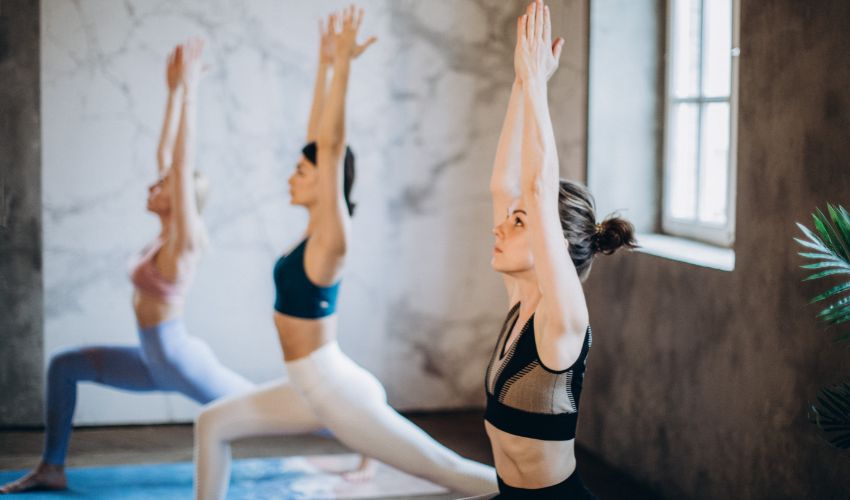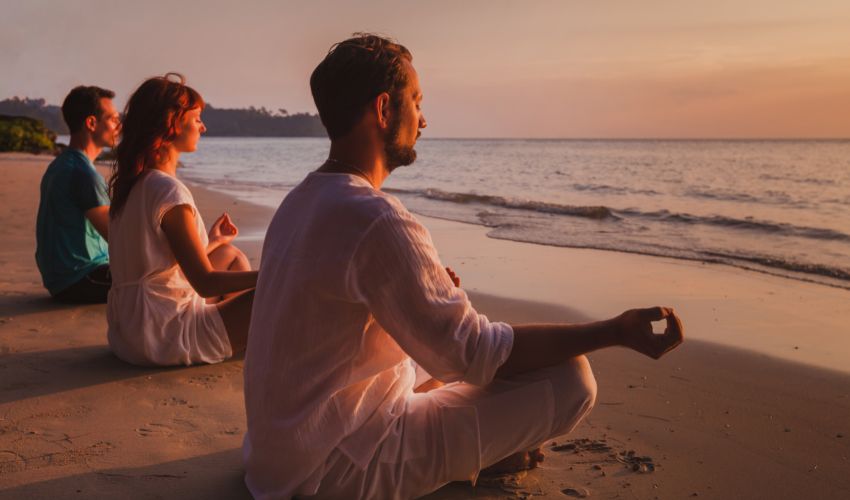In this fast-paced world, stress and anxiety are common challenges that many people face. To cope with the demands of daily life, it is essential to find ways to achieve inner peace. Meditation or yoga can help you achieve this state of tranquility by calming your mind and body.
Meditation and yoga have been practiced for centuries and have gained immense popularity in recent years due to the numerous benefits they offer. This article will explore how meditation or yoga can help you find inner peace and provide practical tips to incorporate these practices into your daily routine.
Bullet Points:
- Regular meditation or yoga practice can help reduce stress and anxiety.
- Meditation or yoga can improve sleep quality and enhance focus and concentration.
- Practicing meditation or yoga can increase self-awareness and promote physical health.
- Mindfulness, Loving-kindness, and Transcendental meditation are popular meditation techniques.
- Hatha and Vinyasa yoga are two common forms of yoga.
- Start with short meditation or yoga sessions, choose a quiet space, and use guided videos for support.
- Set realistic goals and find a supportive community to help you stay motivated.
- Obstacles in practicing meditation or yoga can be overcome with persistence and patience.
FAQs:
How often should I practice meditation or yoga?
It is recommended to practice meditation or yoga for at least 10-15 minutes daily. However, you can increase the time gradually as you get comfortable.

How long should I meditate or practice yoga?
There is no specific time limit for meditation or yoga. It depends on your personal preference and availability. However, it is suggested to practice for at least 20-30 minutes a day for maximum benefits.
Can anyone practice meditation or yoga?
Yes, anyone can practice meditation or yoga regardless of age, gender, or physical fitness level.
What should I wear for meditation or yoga?
Wear comfortable clothing that allows free movement and doesn’t restrict breathing.
How can I overcome distractions during meditation or yoga?
Distractions are common during meditation or yoga, and it’s essential to accept them and bring your focus back to your breath or posture. Try to choose a quiet space, minimize external noise, and use earplugs or noise-cancelling headphones if needed. You can also use guided meditations or music to help you stay focused.

Conclusion:
Meditation or yoga is a powerful tool for achieving inner peace and managing stress and anxiety. By practicing regularly, you can experience the numerous benefits of these practices, including improved sleep, enhanced focus, and increased self-awareness. The different techniques and tips mentioned in this article can help you incorporate meditation or yoga into your daily routine and overcome common obstacles. So, take the first step towards a calmer and more peaceful life by incorporating meditation or yoga into your daily routine.
Remember, the benefits of meditation or yoga can only be realized through consistent practice. So, start with short sessions, set realistic goals, and find a supportive community to help you stay motivated. Overcoming obstacles like lack of time or difficulty in focusing can be challenging, but with persistence and patience, you can achieve your inner peace goals.
Incorporating meditation or yoga into your daily routine can be a life-changing experience. So, take the time to explore the different techniques, find what works best for you, and make it a part of your everyday life. The positive impact on your mental and physical well-being will be well worth the effort.
In conclusion, if you are looking for a way to manage stress and anxiety and achieve inner peace, meditation or yoga is an excellent place to start. With the benefits, techniques, tips, and FAQs mentioned in this article, you can begin your journey towards a more peaceful and fulfilling life.






















